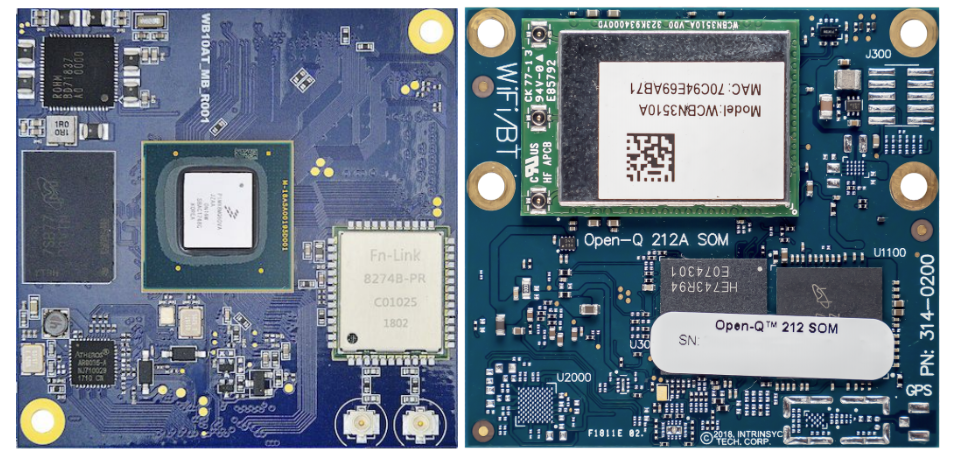Transcripts, diplomas, resumes — simple documents with enormously important economic consequences for their holders. The right classes or GPA on a transcript can radically change the career prospects of a young graduate, and yet, the infrastructure that manages these critical documents still centers on mailing official paper to processing centers.
Now, a startup called Learning Machine wants to completely migrate these documents into the digital era by placing them on the blockchain. Its design partner is MIT, which launched the Learning Machine technology at the MIT Media Lab and the Sloan School of Management last year. Now, it is announcing a $3 million seed fundraise to build out this vision, led by Dave Fields of PTB Ventures.
Learning Machine is behind an initiative called BlockCerts, an open source and open standard securing credentials on the blockchain. Institutions like MIT can cryptographically sign a credential and place it on the blockchain, then another person (say an employer) can use the BlockCerts app to verify that the credential is valid. The project was jointly conceived by the MIT Media Lab and Learning Machine, and will continue to develop as an open-source project.
Chris Jagers, the founder and CEO of Learning Machine, has deep expertise in the space. He previously founded SlideRoom, a platform that evaluates applicants in college admissions, particularly in science and technology. He built a long-term partnership with MIT, and even had an office on the MIT campus.
While admissions is certainly more digital than it once was, forms like letters of recommendations and transcripts are often still sent via paper. “We saw first-hand the difficulty of getting official records sent to admissions,” Jagers explained. “These kids started to Snapchat their grades and send them in [and they] didn’t understand why it wasn’t that easy.”
Jagers founded SlideRoom in 2007, and built it into a growing business across university admissions departments. This continued for years until the rise of blockchain tech. “Then when bitcoin started getting big, we were hanging around the Media Lab,” Jagers said. “And we were thinking, ‘How cool would it be to use the blockchain as a decentralized verification network?’”
After 10 years of building SlideRoom, Jagers finally accepted an offer to sell last summer and work on Learning Machine full-time.
While BlockCerts is the open standard, Learning Machine is the enterprise-grade service provider that works with universities to set up and manage the technology. Jagers believes that the focus on open standards and interoperability will give Learning Machine an edge in a market filled with blockchain credentials startups. “Our belief is that records should have no ongoing dependence on the issuer,” Jagers said.
It charges a yearly fee to maintain the systems for the universities. The idea is that once a credential has been processed, there shouldn’t be any more fees to verify its authenticity or to transmit it to other parties. As such, it’s pretty much a traditional enterprise software company, rather than some sort of blockchain/token-based model. That has helped with sales, and “Right now, we are in the midst of our first round of pilots, with a government and a few schools,” Jagers told me.
While the focus is in many ways on transcripts, Learning Machine’s technology is not limited to just one type of document. “It could be diplomas, driver licenses, medical records,” Jagers said. The company has developed a set of schemas that institutions can use to standardize credentials, and Learning Machine is developing more schemas as clients require more flexibility.
The long-term vision, though, is to make these blockchain credentials “smart,” so that credentials could lead to other credentials. For instance, completing the final class of a degree program wouldn’t just give you the class transcript grade, but also the degree itself. Jagers called these “stackable certificates,” and the hope is that the right infrastructure could reduce a lot of the paperwork involved in managing academic and other programs.
Jagers sees the world slowly awakening to the benefits of blockchain for records management and credentials. “By the end of three years, we want to see blockchain-based records … start to enter the public consciousness,” he said. Right now though, “It’s about showing success with this first round of pilots.” If blockchain is going to work in the enterprise, deep expertise, traditional business models, and open standards appears to be a potentially winning formula.






